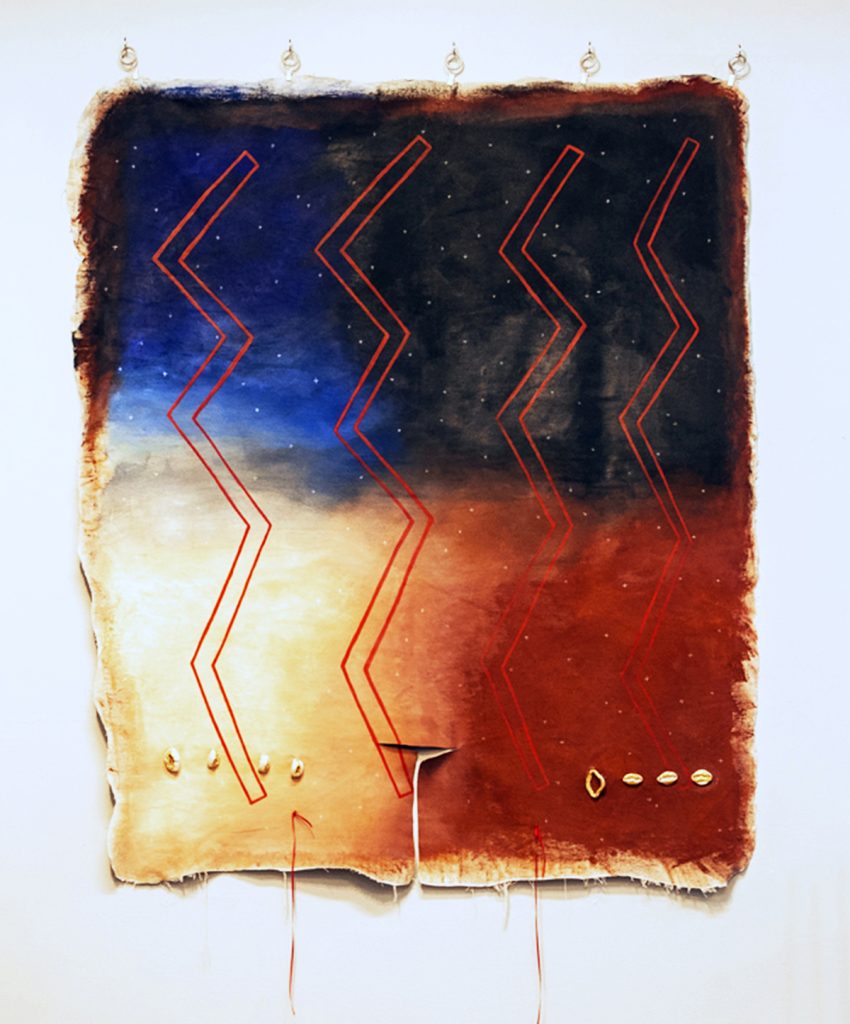Erin Genia, Outreach Coordinator
Determining First Steps in Supporting Creative Work in Tribal Communities

Haŋ, I am an artist, educator, and organizer. I joined Mass Cultural Council as an Outreach Coordinator because I am passionate about advocating for Indigenous peoples’ cultural issues in our state. I am Dakota – part of the Oceti Sakowin, a tribal member of the Sisseton-Wahpeton Oyate, which is located on the Lake Traverse Reservation in South and North Dakota. I have been living and working in Massachusetts for five years, initially coming here to earn my graduate degree at the MIT Program in Art, Culture, and Technology. I have worked professionally in the field of Indigenous peoples’ arts, culture, and education for over a decade and have a lifelong multimedia arts practice that centers traditional Dakota art forms.
In my experience, there are many deep-seated barriers to Native American and Indigenous artists getting the support we need to do our work. One of these barriers is encompassed in the question: How are arts and culture defined, and who gets to decide how they are defined? This question exposes a profound dissonance at the heart of the Western norms of this settler colonial society. A dearth of Native American and Indigenous people in institutional leadership positions means we don’t often get to contribute to those definitions that have real impacts on tribal communities.
Arts and culture, as established by dominant Western discourses, are primarily the arts of description, communication, and representation that exist in aesthetic and creative forms with a refined or elevated element. Museums, galleries, and theaters are where arts and culture live in the dominant world. This can be true for tribal communities’ arts and culture sectors, too, but our communities generally have an expanded concept of culture.
So, what is culture to tribal peoples? The diverse arts and culture as defined and practiced by tribal communities can vary significantly from those of the dominant culture. I hesitate to define it fully because it is amorphous and different for every tribe (and there are 100s of tribes in the US). However, generally speaking, culture is broadly characterized to include the complex whole of traditions passed down by each generation that evolve with our ever-changing world. Culture is comprised of the interconnected relationships between economy, governance, ecology, spirituality, art, language, and other aspects of life. Those collective attributes determine who the people are. Arts and culture are not necessarily synonymous.
Institutions that serve Native American and Indigenous people frequently don’t recognize these differences, in fact, they are more likely to be unaware that differences exist at all. The cultural legacy of genocide, settler colonialism, and forced assimilation of Indigenous peoples through boarding schools instilled Western cultural supremacy into the societal fabric of America. This manifests as institutional, systemic racism that continues to dominate the circumstances under which Indigenous art is seen, traded, appreciated, and created. Our traditional tribal practices, languages, and religions were outlawed and denigrated just a few short decades ago. Americans have been conditioned to view Indigenous people, and by extension, Indigenous artists and culture bearers, through an anthropological lens that relegates us as frozen in the past, turns our high art into handicrafts, marginalizes our artists, and consumes our works as fetishized trends.
For these reasons, Indigenous art should not be judged only by dominant art norms and definitions that place our work into ill-fitting categories. Institutions must do multifaceted work to better understand and make amends for the harms of this legacy through decolonization processes. Supporting the essential creative work happening in the communities of the original peoples of this land means respecting and fostering the ways arts and culture is truly practiced and defined. I believe this will be beneficial to all people in our state.
This fall, Erin Genia will be leading Mass Cultural Council staff through a pair of learning opportunities meant to build foundational knowledge on the history of Massachusetts colonization and how it relates to decolonizing Agency programs and policies.
